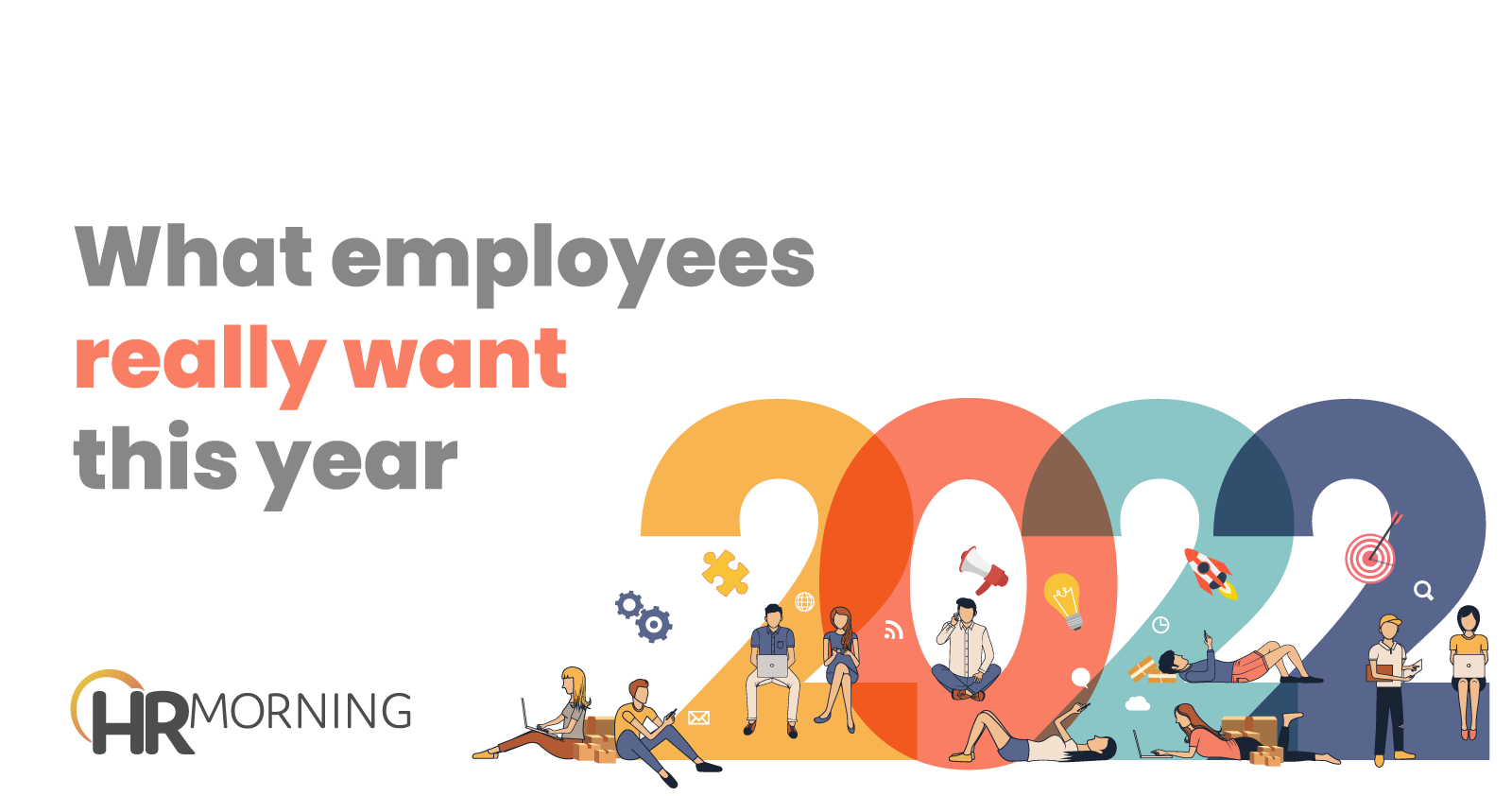Why do employees feel they can call the shots when it comes to the benefits their employers provide?
Because those who stuck with their companies through 2020, despite the many layoffs, mandates and shortages, expected to be compensated for their loyalty and perseverance. When they weren’t, they jumped ship to employers who were offering bigger and better compensation packages.
Then more employees saw this happening and they bolted. Then the economy started to rebound and there were more jobs available. Employers who started offering more benefits got the cream of the crop until another employer offered something better. It was an endless turnover.
And now, “the fallout is that the bargaining power has shifted in the direction of the labor force and it doesn’t look like it’s going to shift back anytime soon,” according to the 2022 Compensation Best Practices Report from Payscale.
The report was conducted between November 2021 to January 2022 and garnered 5,578 respondents.
Benefits to attract, retain talent
So, what can employers do?
According to the report, if employers want to attract and retain talent in 2022, they’ll need to up their game.
So haven’t most employers upped their game already? And what constitutes upping your game now?
Yes, but now it appears the labor force wants a more “mature approach to compensation management” in 2022.
What does that mean?
More companies plan to make a bigger investment in compensation in 2022. In fact, 86% said they have a concrete compensation strategy in place or are in the process of creating one. That’s up 10% from last year.
Mature compensation strategy
What’s in this “more mature” compensation strategy?
Well, 92% said they’re giving base pay increases and 44% are giving more than 3%. In addition, 44% expressed concern they’re losing people due to “insufficient pay increases.”
Another 66% said part of their strategy for 2022 was to do a pay equity analysis, which is up 20% from last year!
Aside from raising wages, what else are employers doing to up the compensation ante?
For low or minimum wage workers the top 10 compensation strategies after pay raise are:
- Paid time off
- Remote work or flexible work location
- Promotion
- Flexible work schedules
- Award or recognition
- Hiring bonuses
- Education or tuition
- Better healthcare benefits
- Non-monetary public recognition, and
- Title change.
For salaried or higher wage workers the top 10 after pay increase are:
- Remote work or flexible work location
- Flexible work schedule
- Paid time off
- Promotion
- Hiring bonus
- Education or tuition
- Better health benefits
- Title change
- Goal-based bonus, and
- Commission.
Variable pay
Monetary compensation is going to be a strong pull for employees in 2022.
As you can see raising employees’ base pay is just one part of the monetary compensation puzzle. Variable pay played a strong role during 2021, and it’ll continue to do so in 2022.
“Variable pay constitutes all cash compensation that is paid to employees above or in addition to their base pay,” according to Payscale. That includes bonuses, incentive pay, sales commission, etc. Anything that’s based on performance but not guaranteed.
In fact, 79% of the survey respondents said they offered some type of variable pay, which is up 9% from last year. And it’s gone up in all industries, not just retail, education and food.
While there are all kinds of variable increases, the ones used most often to incentivize top performers in 2021 were individual incentive bonuses. They include yearly performance bonuses and “reward-specific achievement” bonuses.
The other top runners in 2021 were:
- Company performance bonuses
- Employee referral bonus
- Spot bonus or discretionary bonus
- Hiring bonus
- Retention bonus
- Team incentive bonus
- Profit sharing, stock options, equity, and
- Market premium bonus.
2021 saw a spike (20%) in the utilization of employee referral bonuses, hiring bonuses, and retention bonuses due to the Great Resignation and labor shortages.
Other benefits
But as you know, compensation isn’t just about the almighty dollar. It’s also about benefits!
And as we’ve said before, the benefits employees now want to have shifted since the pandemic hit. Some have remained the same, but those like mental health benefits, remote work and flex time have come to the forefront. Other benefits that have crept forward thanks to COVID-19 are getting a work from home stipend and having a four-day work week.
A benefit like the four-day work week is a way “to trade time rather than money to create a happier, more engaged workforce,” according to the report. And after all, isn’t that what most employers want – happier, more engaged workers?
Benefits that were associated with top performing organizations were: mental health or wellness program, stock/equity, and long and short-term disability. Other ones included – but to a lesser extent – financial advisor/debt services, unlimited PTO, and education or tuition reimbursement.


